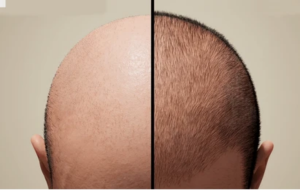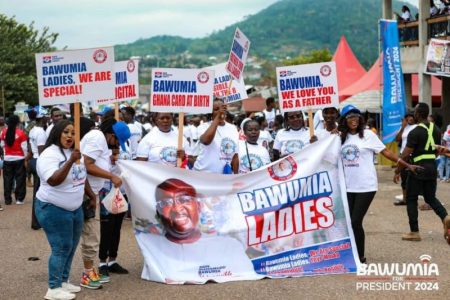Stonebwoy, a prominent figure in the Ghanaian Afro-dancehall scene, has brought to light a concerning trend of sabotage within the local music industry. He points to a pervasive practice where artists intentionally release their music on the same day as another artist’s album or EP launch, a move he views as a deliberate attempt to undermine the targeted artist’s success. This calculated maneuver, according to Stonebwoy, stifles originality and impedes the overall growth of the music industry. He argues that the vast availability of release dates makes such coincidences highly improbable and indicative of a reactive, rather than proactive, approach to artistic creation. Instead of forging their own paths, these artists seemingly latch onto the hard work and anticipated success of others, attempting to diminish their impact through intentional competition.
This orchestrated release date clash, Stonebwoy elaborates, is symptomatic of a deeper issue – the escalating toxicity within the Ghanaian music scene. While rivalry has always been a component of the entertainment world, he emphasizes that the current level of animosity has reached a new and troubling peak. Rather than inspiring creativity and innovation, this competitive spirit has devolved into a destructive force, where artists actively seek to obstruct each other’s progress. This negative environment, he laments, hinders the industry’s ability to thrive and achieve its full potential.
Adding to the complexity of the issue, Stonebwoy observes that a segment of the public appears to relish this toxic rivalry, further fueling the destructive cycle. This acceptance and even celebration of such behavior normalizes the negativity, creating a climate where artists might feel pressured to engage in similar tactics to remain relevant. The artist contends that balancing this negative influence with the demands of artistic creation takes a significant toll on the industry’s overall progress. The expectation to engage in competitive sabotage, rather than focusing on artistic development, creates a diversion of energy and resources that could be better channeled into creative endeavors.
Stonebwoy’s criticism sheds light on the detrimental effects of this hyper-competitive environment. The intentional release date clashes, he asserts, are not merely isolated incidents, but reflect a broader culture of sabotage that permeates the Ghanaian music scene. This environment fosters a sense of distrust and animosity among artists, hindering collaboration and collective growth. The focus shifts from artistic expression to strategic maneuvering, creating a breeding ground for negativity and obstructing the industry’s overall advancement. This, he believes, ultimately undermines the potential for the Ghanaian music industry to flourish and achieve broader recognition.
Furthermore, this toxic rivalry creates a distorted image of the industry, both internally and externally. It perpetuates a narrative of cutthroat competition, potentially discouraging aspiring artists and investors. The constant focus on conflict and sabotage overshadows the immense talent and creative potential within the Ghanaian music scene, hindering its ability to attract wider audiences and investment. The normalization of this behavior, as Stonebwoy highlights, poses a significant threat to the long-term sustainability and global competitiveness of the industry.
The solution, Stonebwoy implies, lies in a fundamental shift in mindset. Artists must prioritize creativity and originality over destructive competition. The focus needs to be on artistic development, collaboration, and mutual respect. This, coupled with a change in public perception that rejects and condemns such toxic behavior, can pave the way for a healthier and more productive industry. Only then, Stonebwoy suggests, can the Ghanaian music scene realize its true potential and contribute meaningfully to the global music landscape. A collaborative and supportive environment will not only benefit individual artists but will also elevate the entire industry, attracting greater investment, wider audiences, and fostering a vibrant, creative ecosystem.














